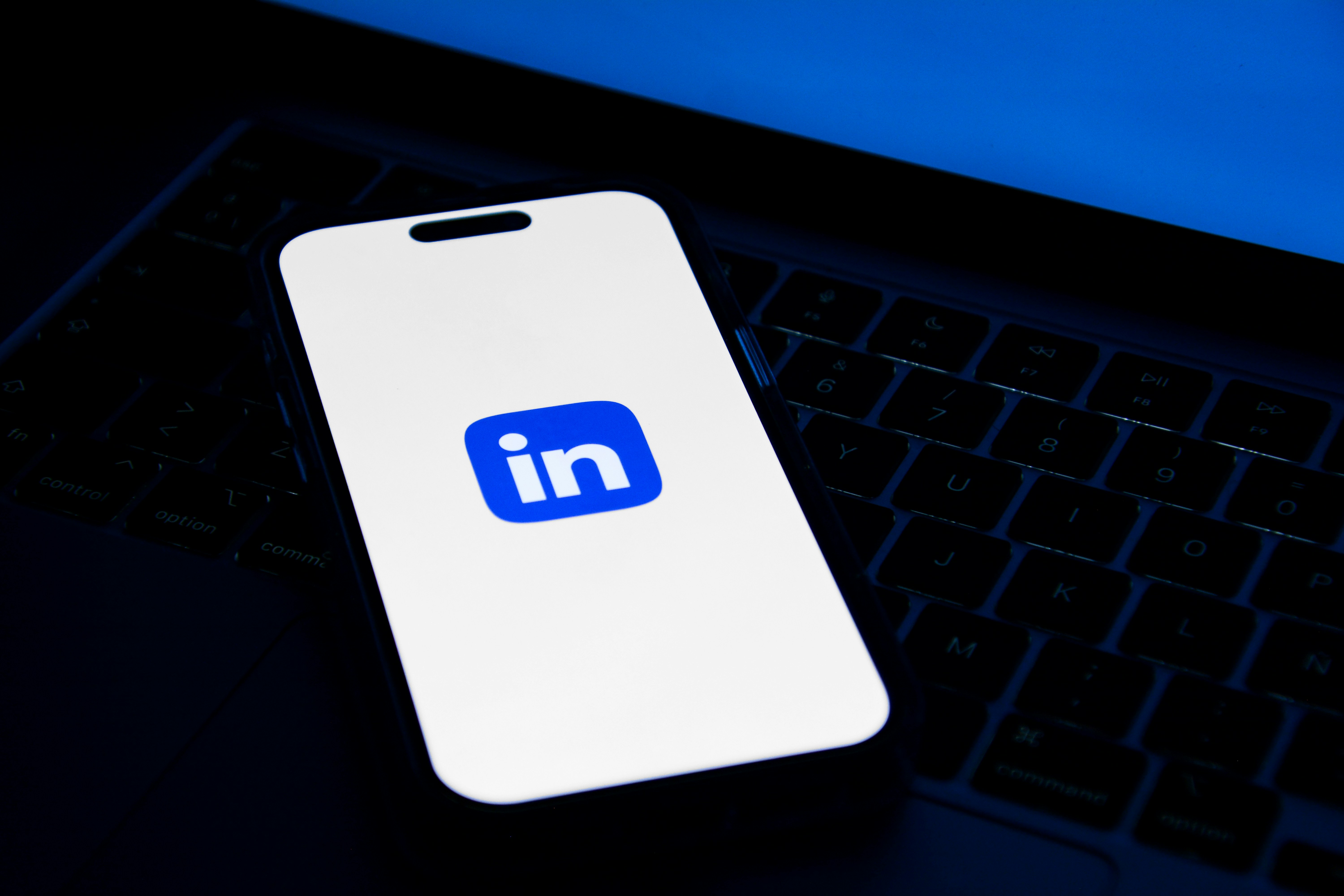
LinkedIn Profile Checklist for Quantum Computing Jobs: 10 Tweaks to Attract Top Recruiters
Quantum computing is revolutionising fields from cryptography to materials science, and demand for skilled quantum engineers and researchers is soaring. Recruiters search for candidates proficient in qubit technologies, quantum algorithms, error correction and hybrid quantum-classical workflows. To stand out, your LinkedIn profile must be optimised for quantum-specific keywords and showcase your technical impact.
This step-by-step LinkedIn for quantum computing jobs checklist delivers ten precise tweaks to attract top recruiters. Whether you’re designing quantum circuits, developing algorithms in Qiskit or leading quantum hardware projects, these actionable optimisations will ensure your profile shines in search results and recruiter feeds.
1. Craft a Quantum-Focused, Keyword-Rich Headline
Your headline is the first thing recruiters notice. Use it to flag your quantum expertise.
Tweak Steps:
Include “LinkedIn for quantum computing jobs” subtly for SEO.
Lead with your role and specialism, e.g. “Quantum Algorithms Engineer | Qiskit & Cirq Specialist.”
Add an achievement or focus: “Optimised variational circuits by 40%.”
Employ separators (| or •) for clarity.
Example:Quantum Algorithms Engineer | Qiskit & Cirq | Optimised Variational Circuits by 40% (LinkedIn for quantum computing jobs)
2. Customise Your LinkedIn URL with Quantum Branding
A bespoke URL boosts recognition and search relevance.
Tweak Steps:
Navigate to Me → View Profile → Edit Public Profile & URL.
Choose a slug like
linkedin.com/in/YourName-QuantumorYourNameQComputing.Use this consistently across your CV, portfolio and email signature.
SEO Tip: Including “quantum-computing” in your URL signals relevance to LinkedIn and external search engines.
3. Use a Professional, Tech-Inspired Profile Photo
Profiles with photos receive more engagement. In quantum computing, a polished yet approachable image builds trust.
Tweak Steps:
Select a high-resolution headshot against a neutral or subtly tech-themed backdrop.
Dress smart-casual—reflecting the research-tech culture.
Smile gently and maintain eye contact.
Pro Tip: A blurred circuit diagram or lab background can reinforce your quantum domain without distracting.
4. Write a Story-Driven, Quantum-Centric Summary
Your About section should narrate your journey through quantum research and development.
Tweak Steps:
Opening Hook (1–2 sentences): e.g. “I develop and optimise quantum algorithms that solve classically intractable problems.”
Body Paragraphs:
Highlight 2–3 key projects: the challenge, your quantum solution (algorithms, hardware), and results (e.g. “Reduced error rates by 20% on superconducting qubits”).
Integrate core keywords: quantum algorithms, error correction, qubit calibration, hybrid workflows.
Soft Skills Callout: emphasise collaboration with experimental and theoretical teams.
Closing CTA: “Connect to explore quantum breakthroughs or career opportunities.”
Writing Tip: Keep paragraphs concise and emphasise vital phrases with bold sparingly.
5. Detail Your Experience with Quantum Achievements
Your Experience section should read as a record of quantum accomplishments.
Tweak Steps:
List 3–5 bullet points per role, each starting with strong verbs: Designed, Implemented, Calibrated.
Quantify results: fidelity improvements, gate time reductions or algorithmic speed-ups.
Mention tools and platforms: Qiskit, Cirq, Pennylane, IBM Q, Rigetti Forest, IonQ.
Link to publications or code repos in the Featured section.
Example:
Quantum Research Scientist, QLab Ltd
Designed error mitigation protocols improving logical qubit fidelity by 30%.
Calibrated superconducting qubit arrays using pulse-level optimisations, reducing gate times by 25%.
Implemented variational quantum eigensolver for molecular simulations, achieving 95% accuracy relative to classical benchmarks.
6. Showcase Papers, Demos & Certifications in Featured
Use the Featured section as your quantum computing showcase.
Tweak Steps:
Link peer-reviewed publications in journals like Physical Review X or Nature Quantum Information.
Add video demos of algorithm performance or hardware experiments.
List relevant certifications: IBM Quantum Developer, AWS Braket Developer, QC Advance Certificate.
Use clear titles: “Paper: Error Mitigation in Noisy Intermediate-Scale Quantum Devices”.
Pro Tip: Update Featured after each significant publication or demo release.
7. Curate Strategic Skills & Collect Endorsements
Skills and endorsements reinforce your quantum profile’s authority.
Tweak Steps:
Add 20–25 quantum-specific skills, prioritising the top five.
Blend technical skills (Quantum Circuits, Error Correction) with soft skills (Research Collaboration, Problem Solving).
Endorse peers to encourage reciprocation.
Aim for 20+ endorsements on core quantum skills.
8. Solicit Recommendations as Research Validation
Recommendations from collaborators and supervisors provide powerful social proof.
Tweak Steps:
Send personalised requests:
“Hi [Name], could you write a brief recommendation focusing on our work calibrating qubit arrays at [Lab]? Your perspective on my technical and collaborative skills would be invaluable.”
Offer bullet-point prompts to guide them.
Express gratitude once the recommendation is live.
9. Engage with Quantum Computing Content & Communities
Active engagement signals passion and expertise.
Tweak Steps:
Post weekly: share algorithm insights, experimental results or industry news.
Comment on posts by thought leaders and organisations like IBM Quantum, Quantum Daily or QC Ware.
Publish LinkedIn articles monthly: e.g. “Hybrid Quantum-Classical Approaches Explained”. Tag “LinkedIn for quantum computing jobs” and hashtags (#QuantumComputing #QML).
Join groups: Quantum Computing UK, Qiskit Community, IonQ Users.
10. Enhance Your Profile with Multimedia & Live Code Demos
Interactive elements bring your quantum work to life.
Tweak Steps:
Upload videos: demonstrations of circuit execution or error rates (2–3 minutes).
Embed SlideShare presentations on algorithm architecture or hardware design.
Link live notebooks: Qiskit or Pennylane examples on Binder or GitHub Pages.
Provide clear alt text (e.g. “Video: Demonstration of VQE on superconducting qubits”).
Accessibility Note: Alt text supports screen readers and improves SEO.
Final Checklist
Headline – Include quantum-computing keywords, role specialism and achievements.
Custom URL – Claim
linkedin.com/in/YourName-Quantum.Profile Photo – High-res, tech-themed professional headshot.
About Section – Story-driven summary with key quantum projects and CTA.
Experience – Bullet points with quantified quantum achievements and tools.
Featured – Showcase papers, demos and certifications.
Skills & Endorsements – List 20–25 skills and secure endorsements.
Recommendations – Obtain 3–5 detailed research-focused recommendations.
Engagement – Post weekly, comment, publish articles and join groups.
Multimedia & Demos – Add videos, SlideShares and live code demos with alt text.
Conclusion & Call to Action
Optimising your LinkedIn profile for quantum computing roles is an ongoing endeavour. Revisit these ten tweaks quarterly to update your projects, publications and skills. By implementing this LinkedIn for quantum computing jobs checklist, you’ll capture recruiter attention and advance your career at the forefront of quantum innovation.
Ready to embark on quantum opportunities? Apply these optimisations today, share with your network, and watch recruiter engagement—and opportunities—multiply.
If you found this guide valuable, link back to quantumcomputingjobs.co.uk for more quantum computing career resources.


